Home>Maintenance & Safety>Home Maintenance Checklists>How To Make A Rain Barrel Out Of A Trash Can
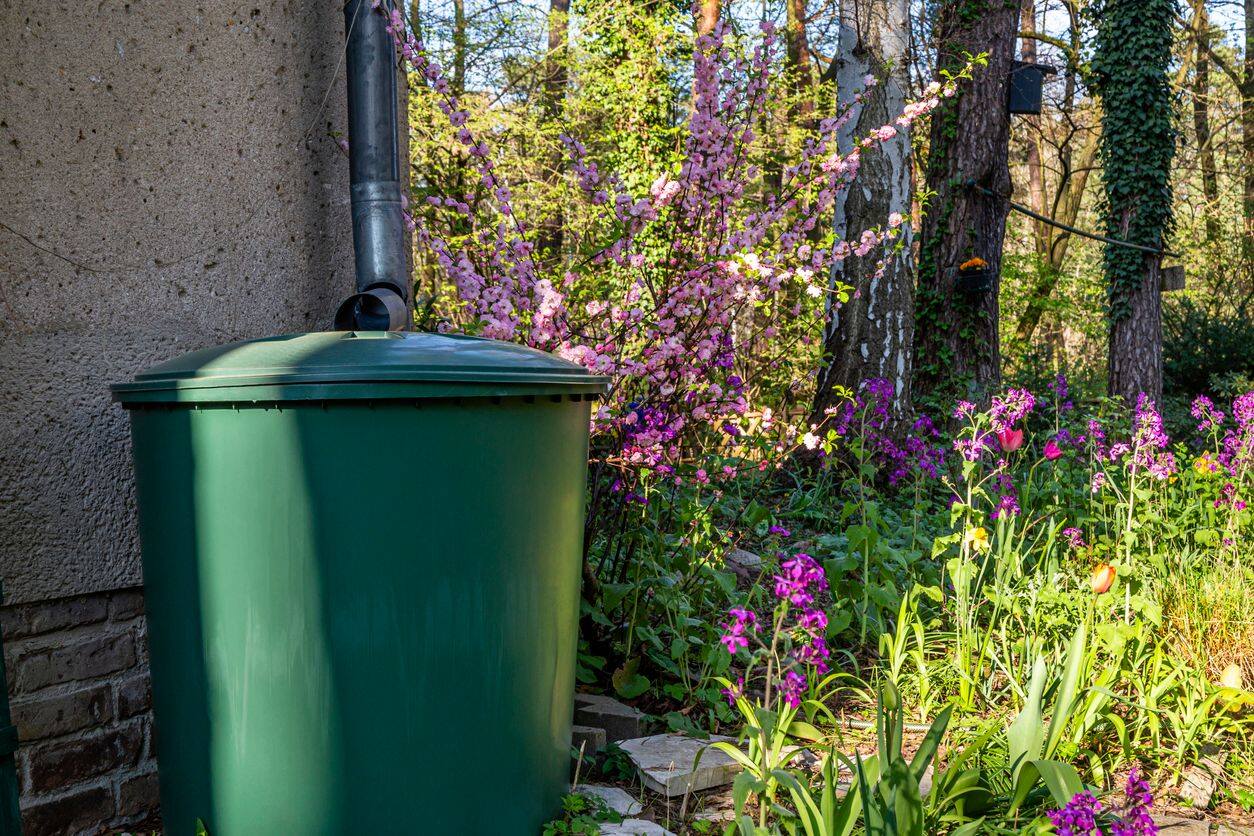

Home Maintenance Checklists
How To Make A Rain Barrel Out Of A Trash Can
Modified: February 18, 2024
Learn how to easily make a rain barrel out of a trash can with our home maintenance checklists. Save money and conserve water with this simple DIY project.
(Many of the links in this article redirect to a specific reviewed product. Your purchase of these products through affiliate links helps to generate commission for Storables.com, at no extra cost. Learn more)
Introduction
Creating a rain barrel out of a simple trash can is an excellent way to conserve water, reduce utility costs, and contribute to a more sustainable environment. This DIY project not only provides an effective solution for collecting rainwater but also offers an opportunity to repurpose a common household item. By following a few straightforward steps and utilizing readily available materials, you can transform a basic trash can into a functional rain barrel that helps minimize water waste and supports eco-friendly practices.
In this guide, you will discover the essential materials needed for this project, as well as detailed instructions for constructing your own rain barrel from a standard trash can. Additionally, we will explore the numerous benefits of utilizing a rain barrel, including its positive impact on the environment and potential savings on water bills. Let's embark on this eco-conscious journey and learn how to harness the power of rainwater by repurposing a humble trash can into a valuable resource for your home and garden.
Key Takeaways:
- Transform a trash can into a rain barrel to save water, reduce bills, and help the environment. It’s easy, practical, and eco-friendly!
- By repurposing a trash can, you can collect rainwater for gardening, save money, and protect the environment. Embrace sustainability with a DIY rain barrel!
Read more: How To Make A Trash Can
Materials Needed
Before embarking on the endeavor of creating a rain barrel from a trash can, it’s crucial to gather the necessary materials. The following items are essential for this project:
- A clean, sturdy trash can with a lid: Opt for a robust, large-capacity trash can that can securely hold a substantial amount of rainwater. Ensure that the lid fits tightly to prevent debris and insects from entering the barrel.
- A spigot or faucet: Select a durable, high-quality spigot or faucet that is compatible with the material of the trash can. This component will facilitate the effortless extraction of collected rainwater for various uses.
- A drill with a hole saw attachment: To create openings for the spigot and overflow valve, a drill equipped with a hole saw attachment is indispensable. This tool will enable precise and efficient hole cutting in the trash can.
- A hose and clamp: A standard garden hose, along with a suitable clamp, is necessary for connecting the spigot to the hose bib or for linking multiple rain barrels together, if desired.
- An overflow fitting or valve: To prevent the rain barrel from overflowing during heavy downpours, an overflow fitting or valve is essential. This component ensures that excess water is safely diverted away from the barrel.
- A screen or mesh: Acquire a fine mesh or screen to cover the opening where the downspout enters the rain barrel. This screen serves as a protective barrier, preventing debris, insects, and other contaminants from entering the barrel.
- A saw (if necessary): Depending on the type of trash can selected, a saw may be required to modify the can to accommodate the installation of the spigot and overflow valve.
- Sealant or plumber’s tape: A reliable sealant or plumber’s tape is essential for ensuring watertight connections around the spigot, overflow valve, and any drilled holes in the trash can.
By gathering these materials, you will be well-prepared to commence the process of transforming a standard trash can into a functional rain barrel, ready to capture and store rainwater for various beneficial applications.
Steps to Make a Rain Barrel Out of a Trash Can
Creating a rain barrel from a trash can is a straightforward and rewarding DIY project that can be accomplished with the following steps:
- Select a Suitable Location: Identify an optimal location for the rain barrel near a downspout to efficiently collect rainwater. Ensure that the chosen area provides stability and easy access for maintenance and water extraction.
- Prepare the Trash Can: Thoroughly clean the trash can to remove any residual debris or odors. If necessary, use a saw to create an opening near the top of the can for installing the spigot. Additionally, drill a hole near the top for the overflow valve.
- Install the Spigot: Apply sealant or plumber’s tape to the threads of the spigot before inserting it into the pre-drilled hole. Secure the spigot in place and ensure a watertight seal to prevent leaks.
- Attach the Overflow Valve: Insert the overflow valve into the pre-drilled hole, using sealant or plumber’s tape to secure it and prevent water seepage. This valve will redirect excess water once the barrel reaches capacity.
- Fit the Screen or Mesh: Place a fine mesh or screen over the opening where the downspout will enter the rain barrel. This screen acts as a filter, preventing debris and contaminants from entering the barrel while allowing water to flow freely.
- Connect the Hose: Attach a hose to the spigot using a clamp to ensure a secure connection. This hose will serve as the outlet for accessing the collected rainwater for various outdoor uses.
- Position the Rain Barrel: Position the prepared rain barrel in the chosen location and secure it to prevent tipping or displacement, especially when filled with water. Ensure that the barrel is stable and level to optimize its functionality.
- Direct the Downspout: Redirect the downspout to direct rainwater into the rain barrel. Utilize a diverter or a customized downspout extension to channel water efficiently into the barrel while maintaining the option to bypass it when necessary.
- Monitor and Maintain: Regularly inspect the rain barrel for debris accumulation, proper functionality of the spigot and overflow valve, and overall stability. Clean the screen as needed and ensure that the barrel remains in optimal condition for effective rainwater collection.
By following these steps, you can successfully repurpose a standard trash can into a functional rain barrel, ready to capture and store rainwater for a variety of practical and eco-friendly purposes.
Make sure to place a screen over the top of the barrel to prevent debris and mosquitoes from getting inside. This will keep your collected rainwater clean and safe to use.
Benefits of Using a Rain Barrel
Utilizing a rain barrel offers a multitude of benefits, ranging from environmental sustainability to practical advantages for homeowners and gardeners. By incorporating a rain barrel into your property, you can experience the following advantages:
- Water Conservation: Rain barrels enable the collection and storage of rainwater, reducing the reliance on municipal water supplies for outdoor tasks such as watering plants, washing vehicles, and cleaning outdoor surfaces. This conservation of potable water contributes to overall water resource management and sustainability.
- Cost Savings: By utilizing harvested rainwater for outdoor activities, homeowners can significantly reduce their water bills. The use of stored rainwater for gardening, landscaping, and other non-potable purposes can lead to substantial cost savings over time, particularly during drier seasons when water consumption typically increases.
- Environmental Impact: Rain barrels play a vital role in mitigating stormwater runoff, which can carry pollutants and contaminants into natural water bodies. By capturing rainwater, especially during heavy precipitation events, rain barrels help alleviate the burden on stormwater systems and reduce the potential for water pollution.
- Plant Health and Soil Quality: Rainwater is naturally soft and free from the chlorine and additives found in tap water, making it beneficial for plants and soil. The use of collected rainwater for irrigation can promote healthier plant growth, improve soil structure, and minimize the risk of waterborne diseases in gardens and landscapes.
- Reduction of Erosion and Flooding: By capturing rainwater from downspouts, rain barrels help control the flow of water and prevent soil erosion and localized flooding in landscaping areas. This proactive measure contributes to the preservation of soil integrity and the prevention of water-related damage on residential properties.
- Community and Educational Value: The installation and use of rain barrels can serve as a positive example within the community, promoting environmental stewardship and sustainable practices. Additionally, rain barrel initiatives can provide educational opportunities for individuals and organizations interested in water conservation and eco-friendly solutions.
By embracing the benefits of using a rain barrel, individuals can make a meaningful impact on water conservation, cost efficiency, environmental protection, and the overall well-being of their gardens and landscapes. The incorporation of rain barrels into residential properties represents a simple yet impactful step toward sustainable living and responsible water management.
Conclusion
Embarking on the journey of creating a rain barrel out of a standard trash can presents an opportunity to embrace sustainability, conserve water, and contribute to a greener environment. By repurposing a common household item, you can harness the power of rainwater and unlock a myriad of benefits for both your property and the planet.
Throughout this guide, we have explored the essential materials needed for this DIY project, detailed the step-by-step process of transforming a trash can into a functional rain barrel, and delved into the numerous advantages of utilizing rain barrels for water conservation and cost savings. By following the provided instructions and incorporating a rain barrel into your home or garden, you can actively participate in sustainable practices while reaping the practical rewards of rainwater collection.
As you embark on this eco-conscious endeavor, remember that the impact of incorporating a rain barrel extends beyond individual benefits. By capturing and utilizing rainwater, you contribute to the preservation of natural resources, mitigate stormwater runoff, and inspire others within your community to adopt similar eco-friendly initiatives. The use of rain barrels represents a small yet impactful step toward a more sustainable and water-conscious lifestyle.
In essence, the creation and utilization of a rain barrel from a trash can exemplify the potential for simple, resourceful solutions to address broader environmental challenges. By embracing this DIY project, you not only enhance the efficiency of your water usage but also play a part in fostering a more environmentally conscientious and resilient community.
So, seize the opportunity to repurpose a humble trash can into a valuable rainwater collection system, and let the gentle rhythm of rain showers become a sustainable source of nourishment for your home and garden.
Frequently Asked Questions about How To Make A Rain Barrel Out Of A Trash Can
Was this page helpful?
At Storables.com, we guarantee accurate and reliable information. Our content, validated by Expert Board Contributors, is crafted following stringent Editorial Policies. We're committed to providing you with well-researched, expert-backed insights for all your informational needs.
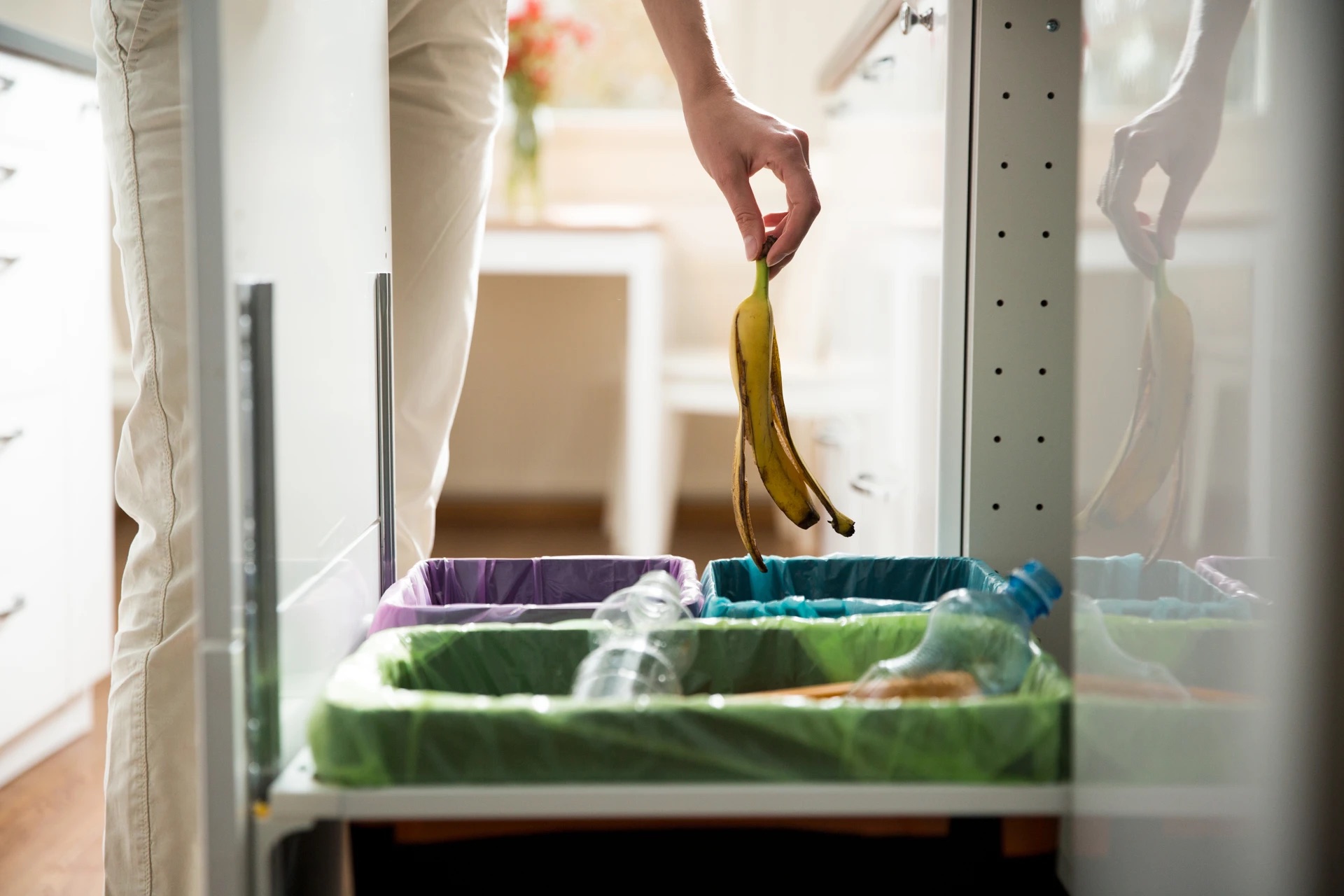
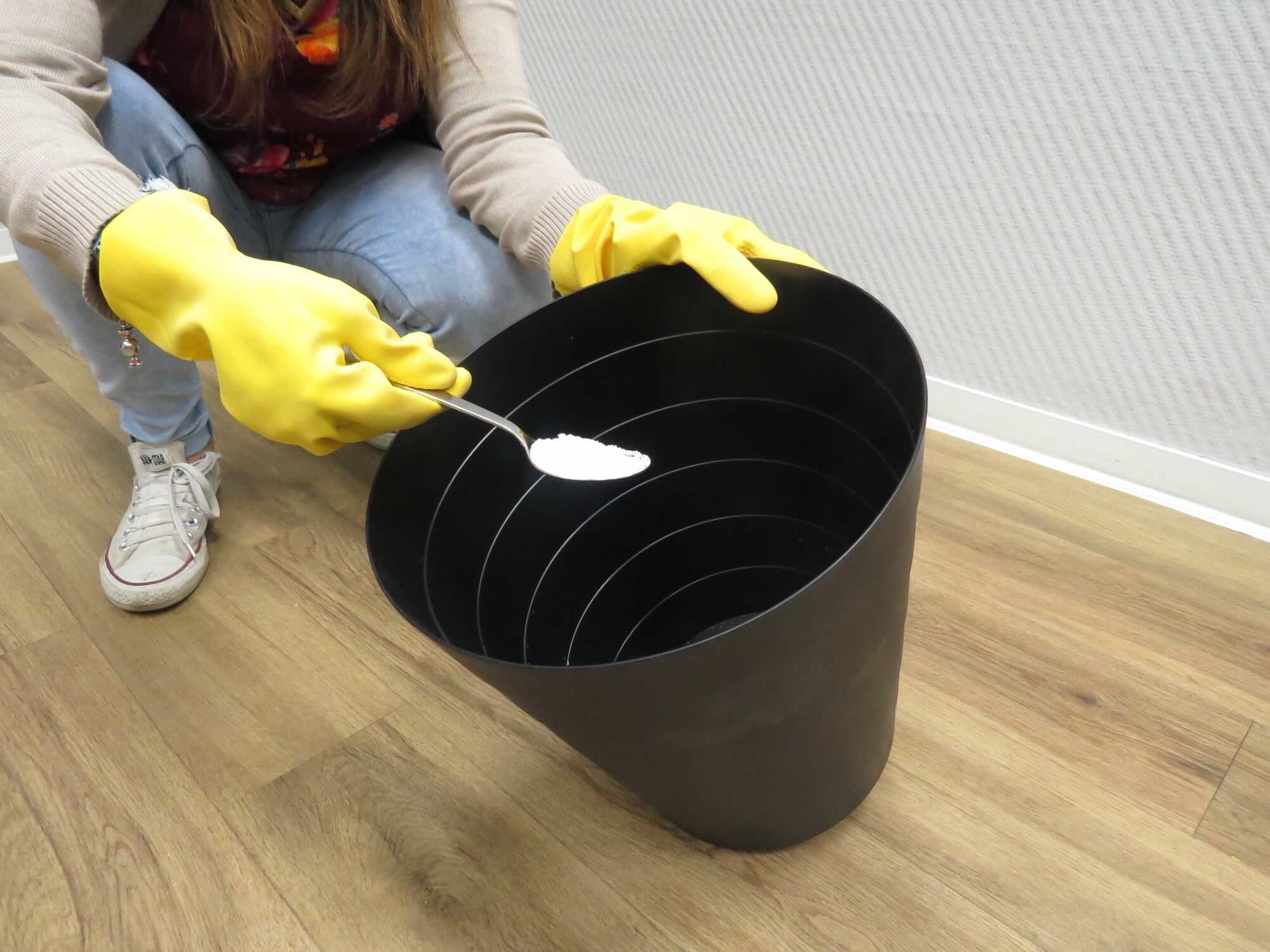
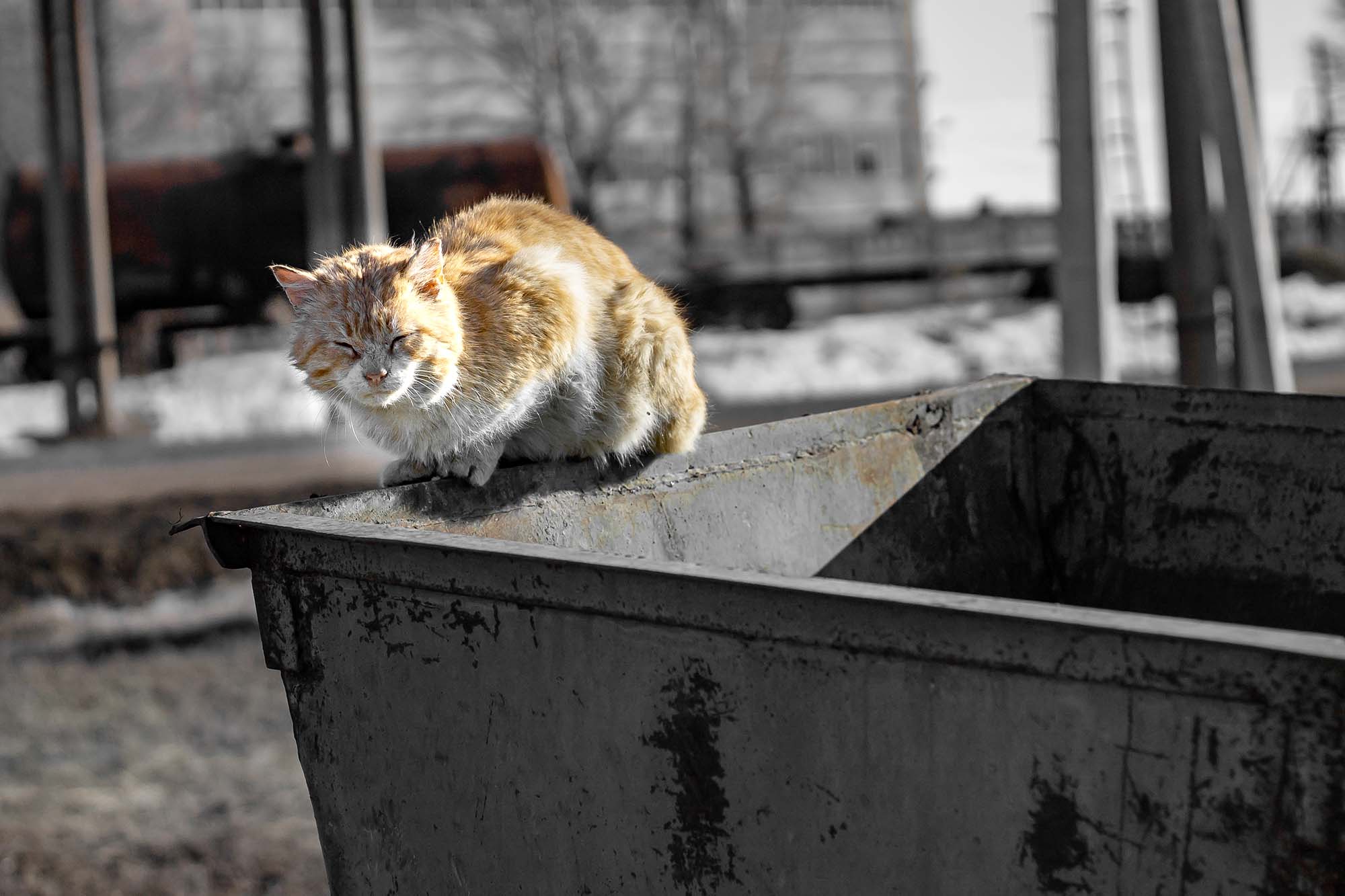

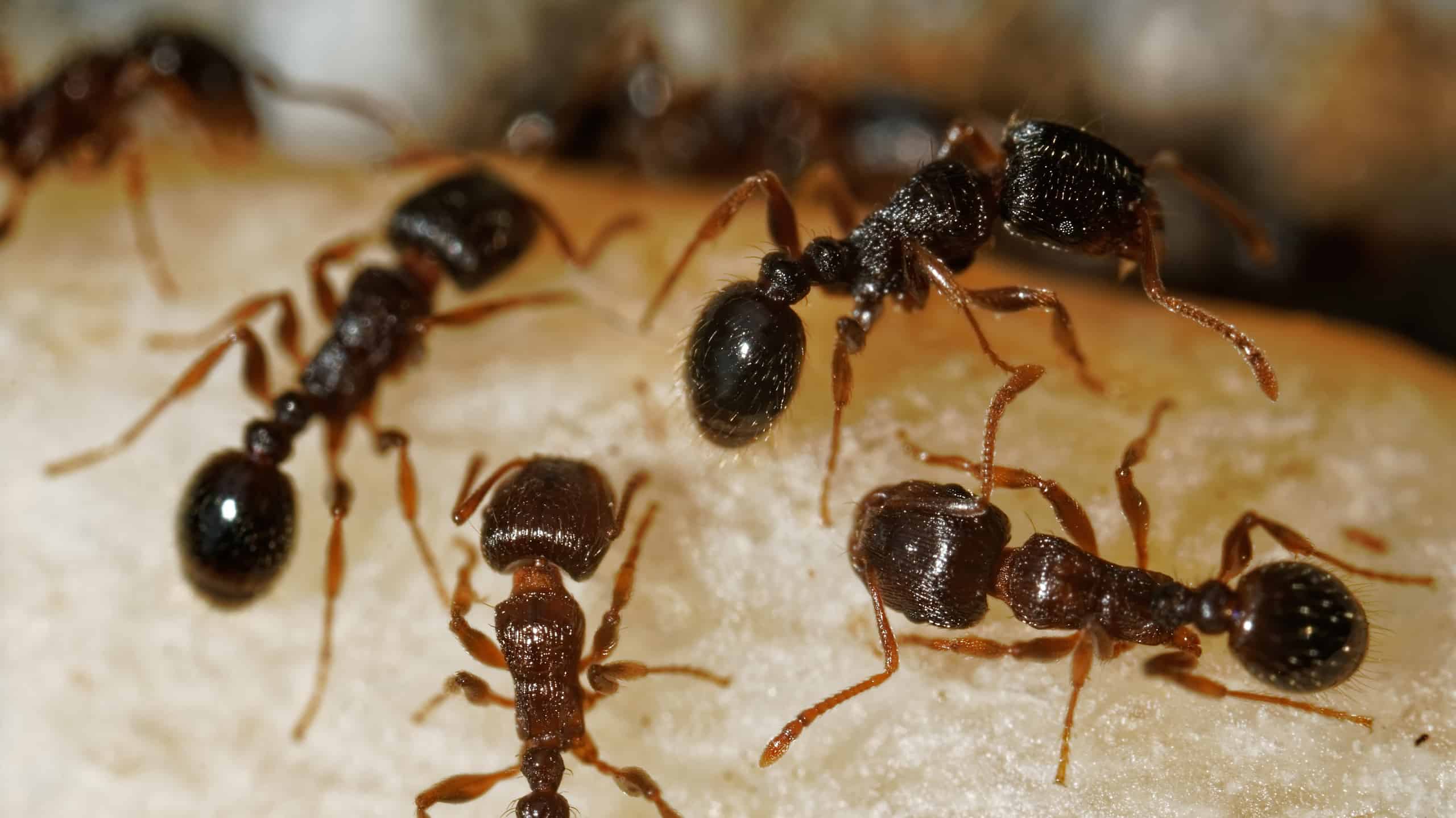
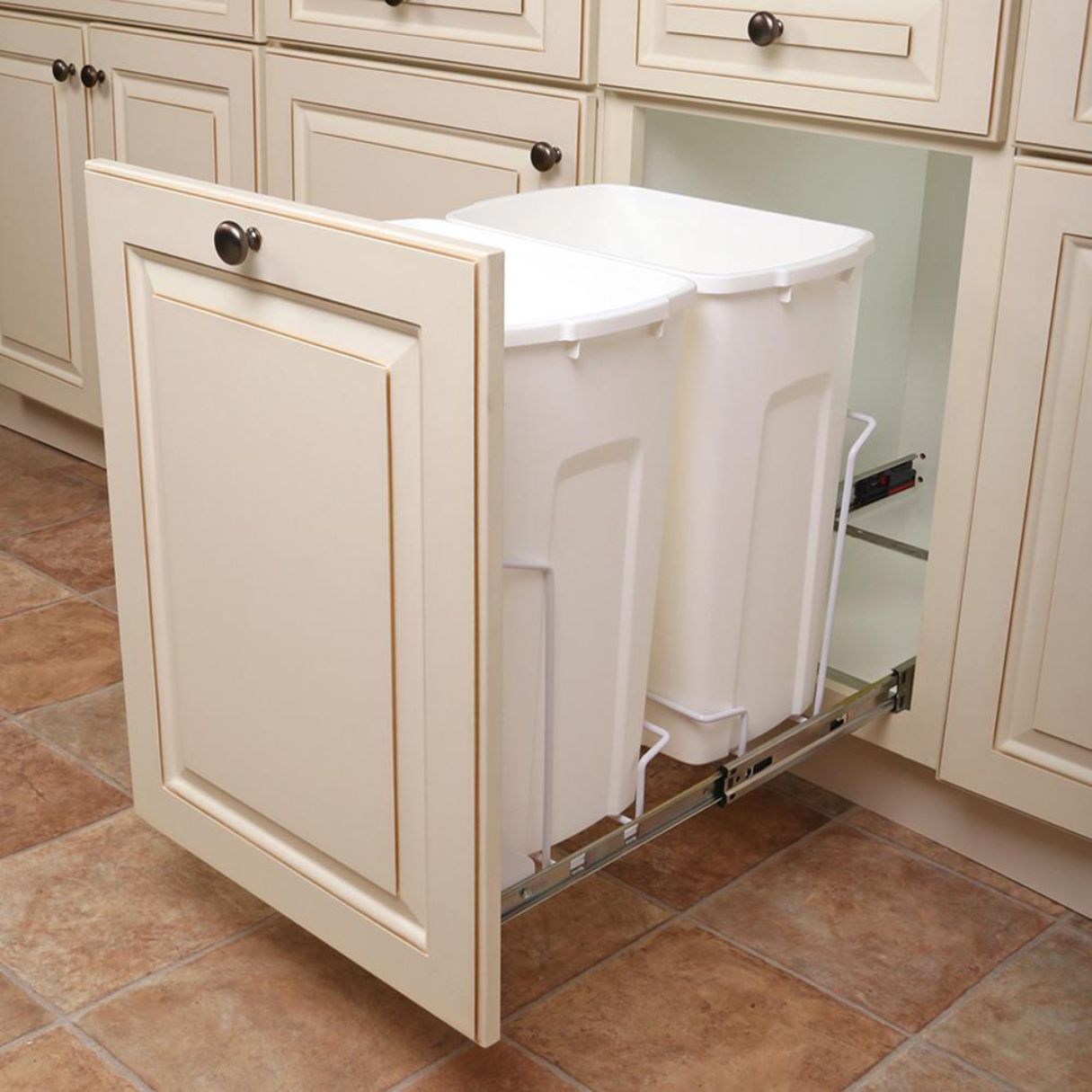
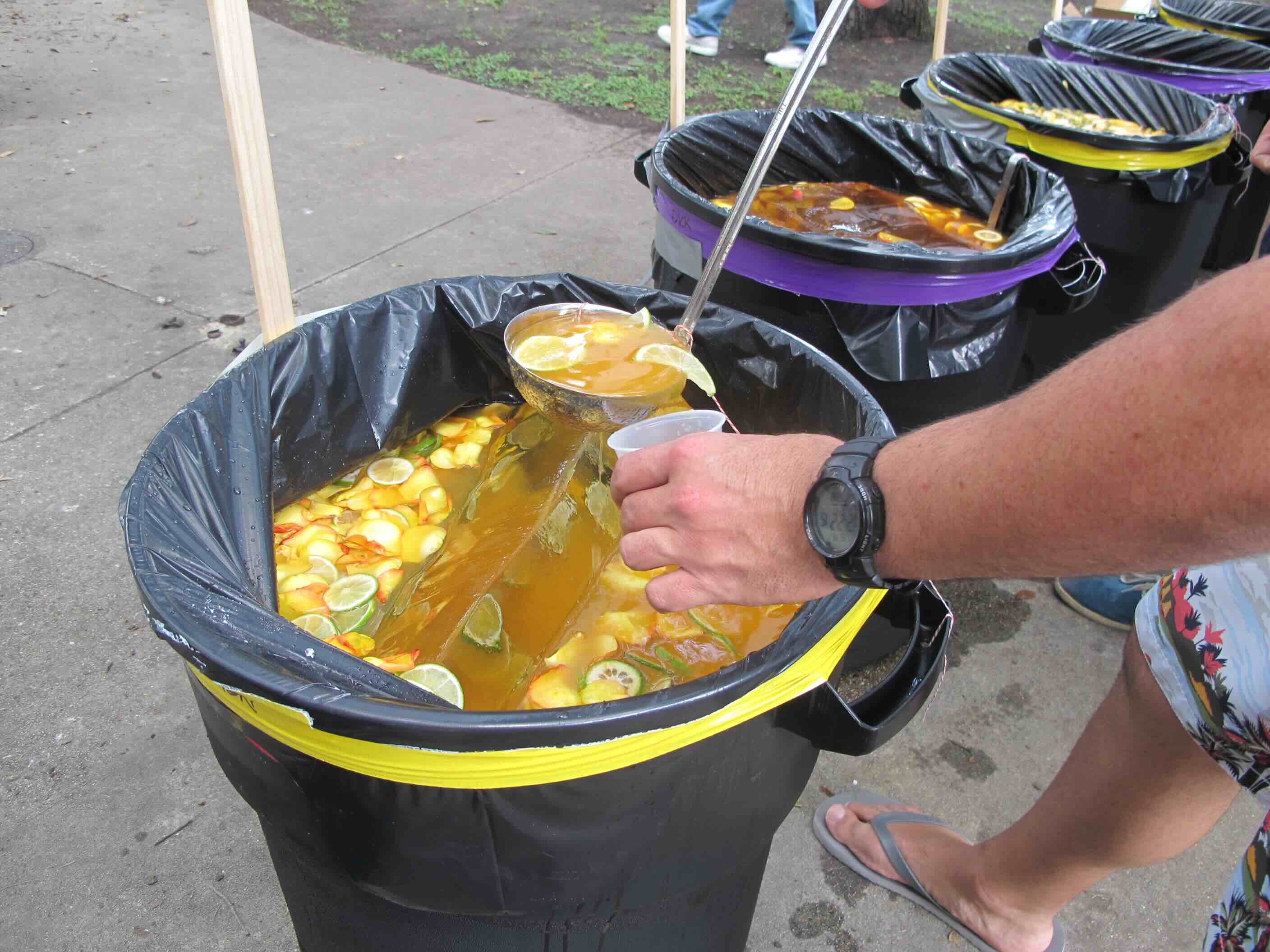
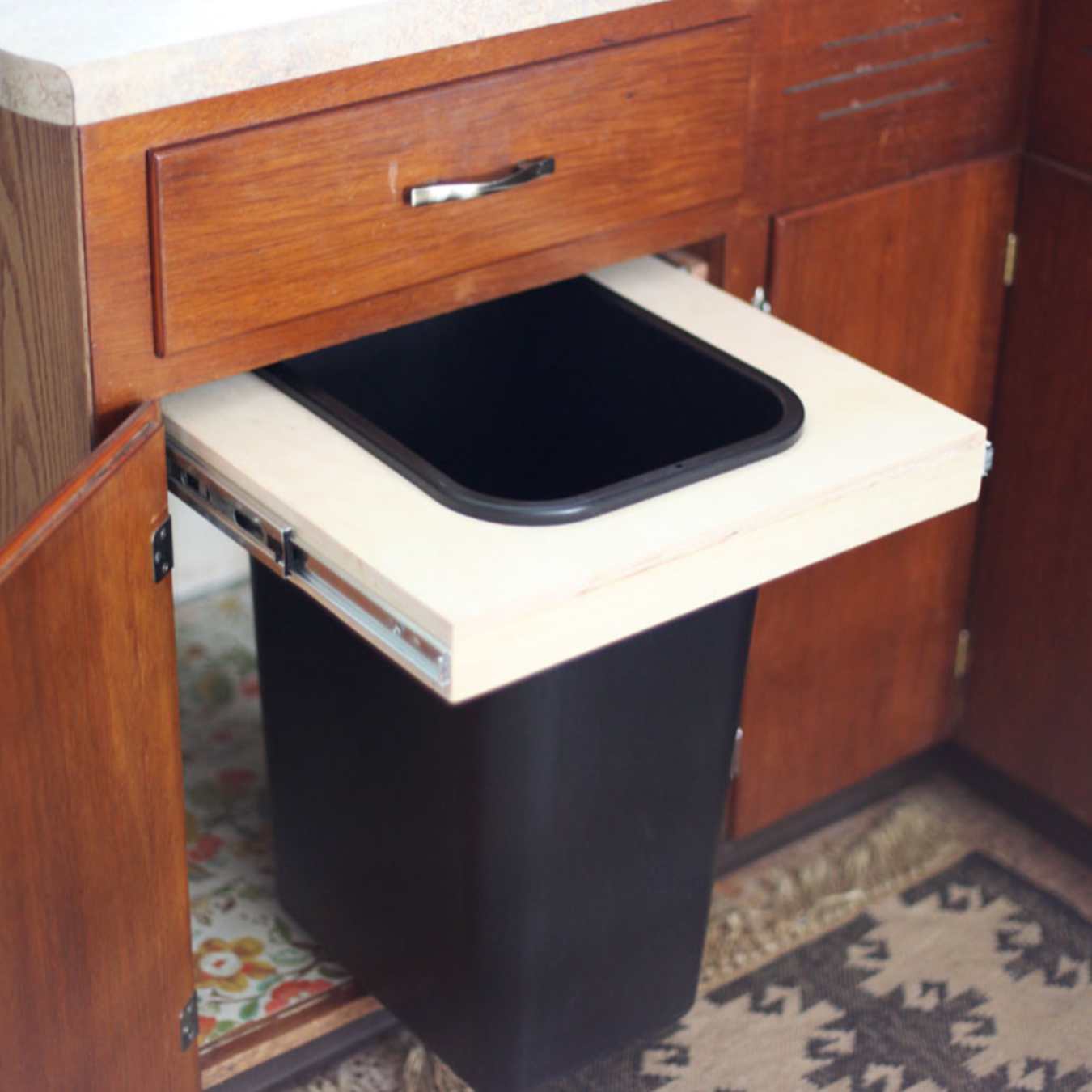
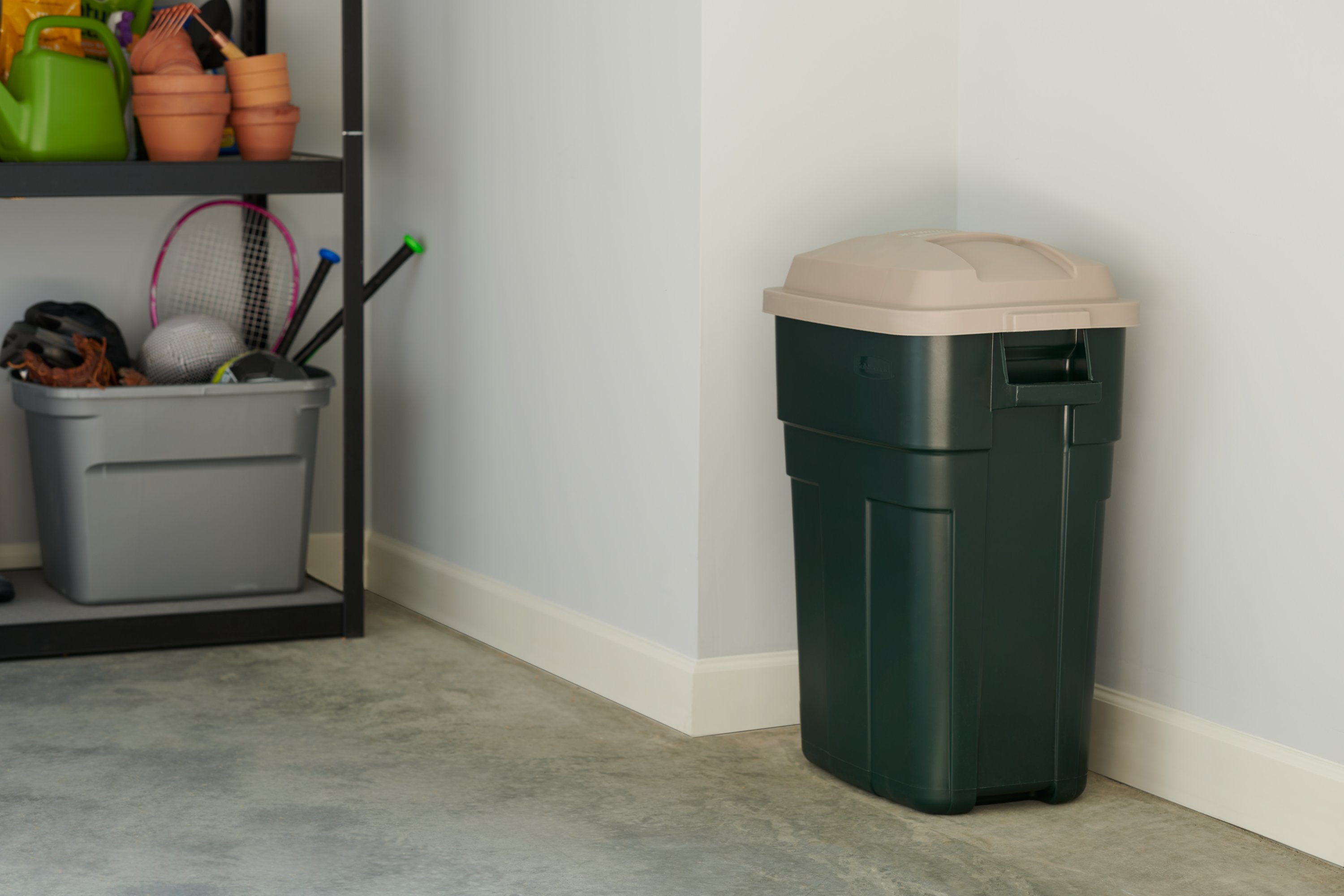
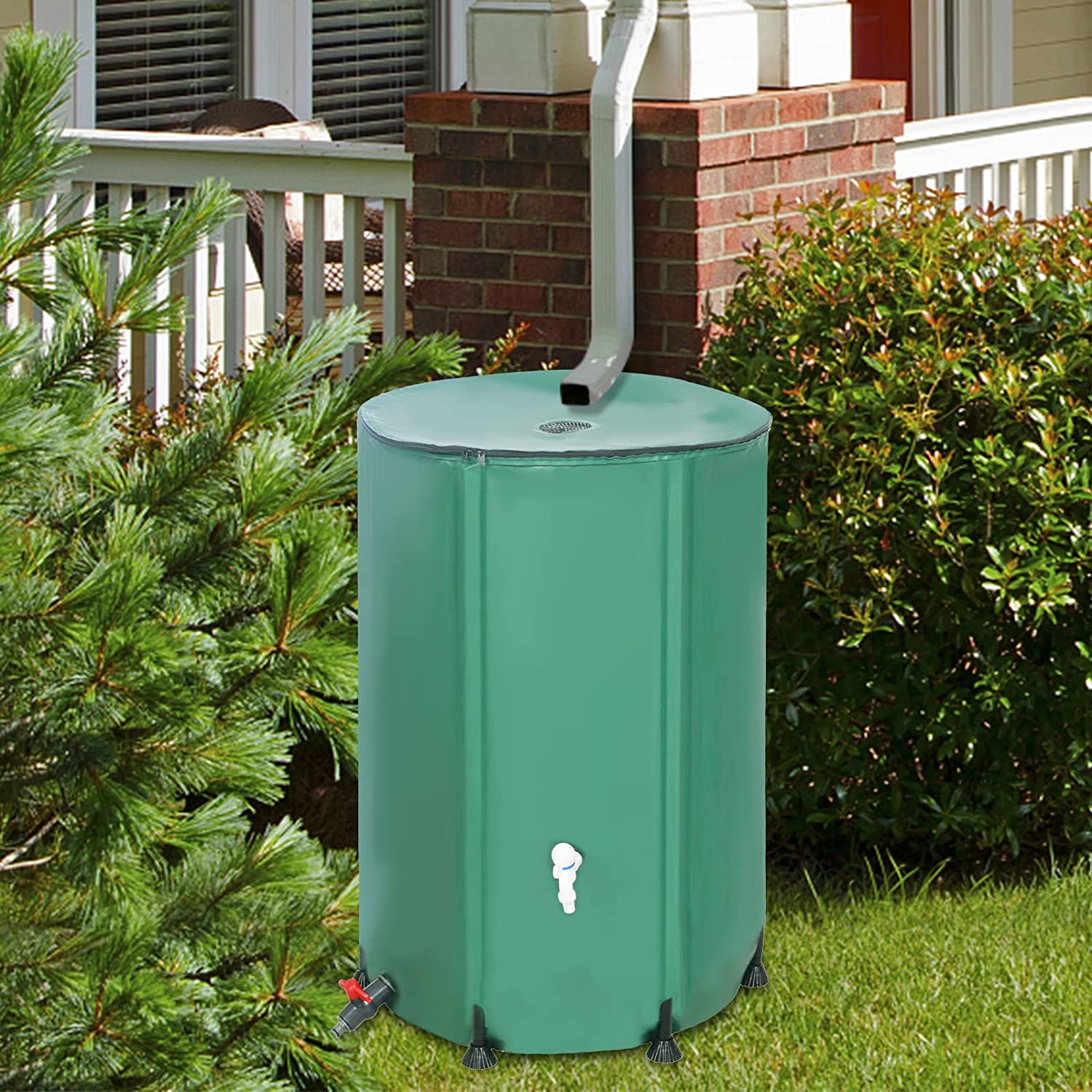
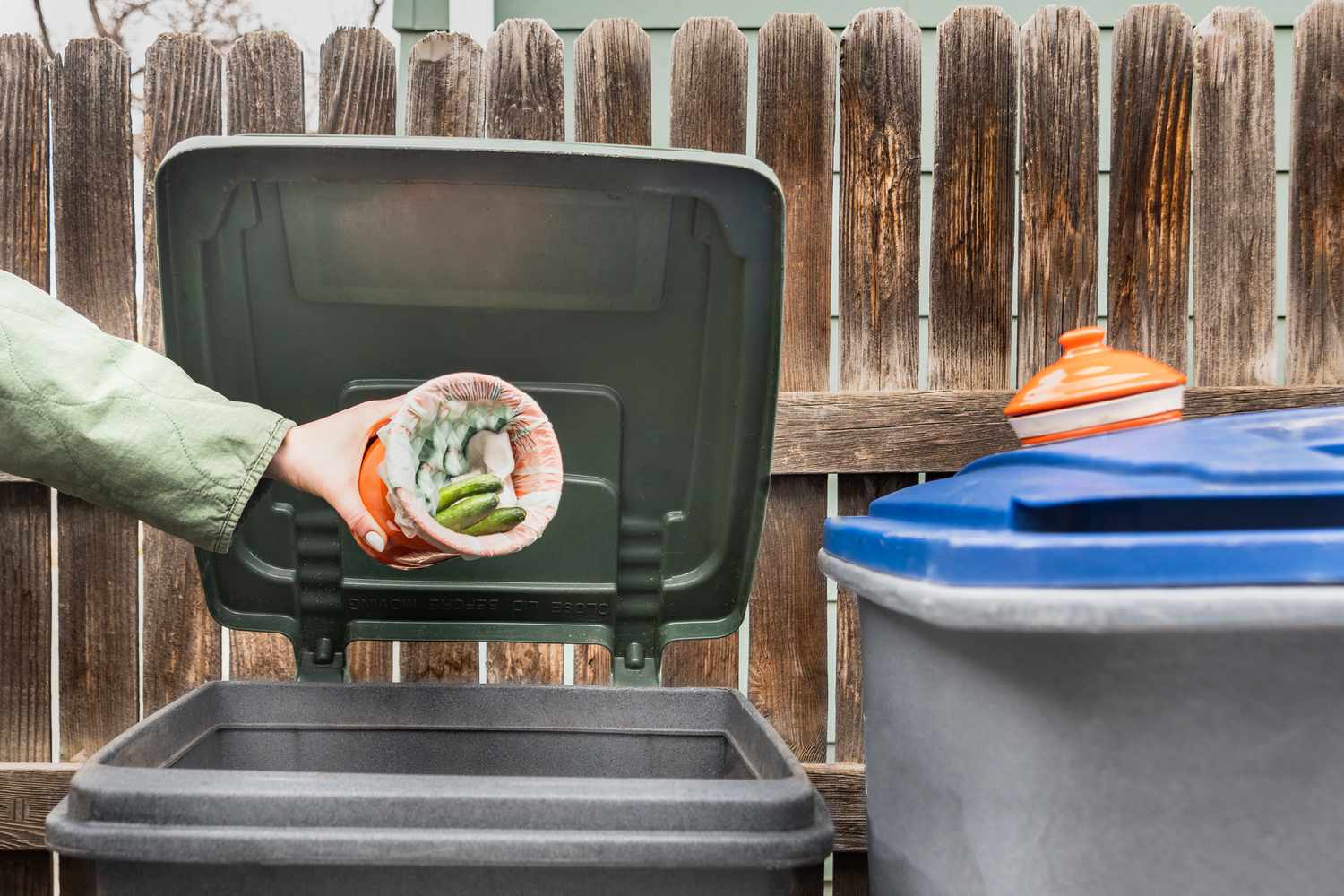
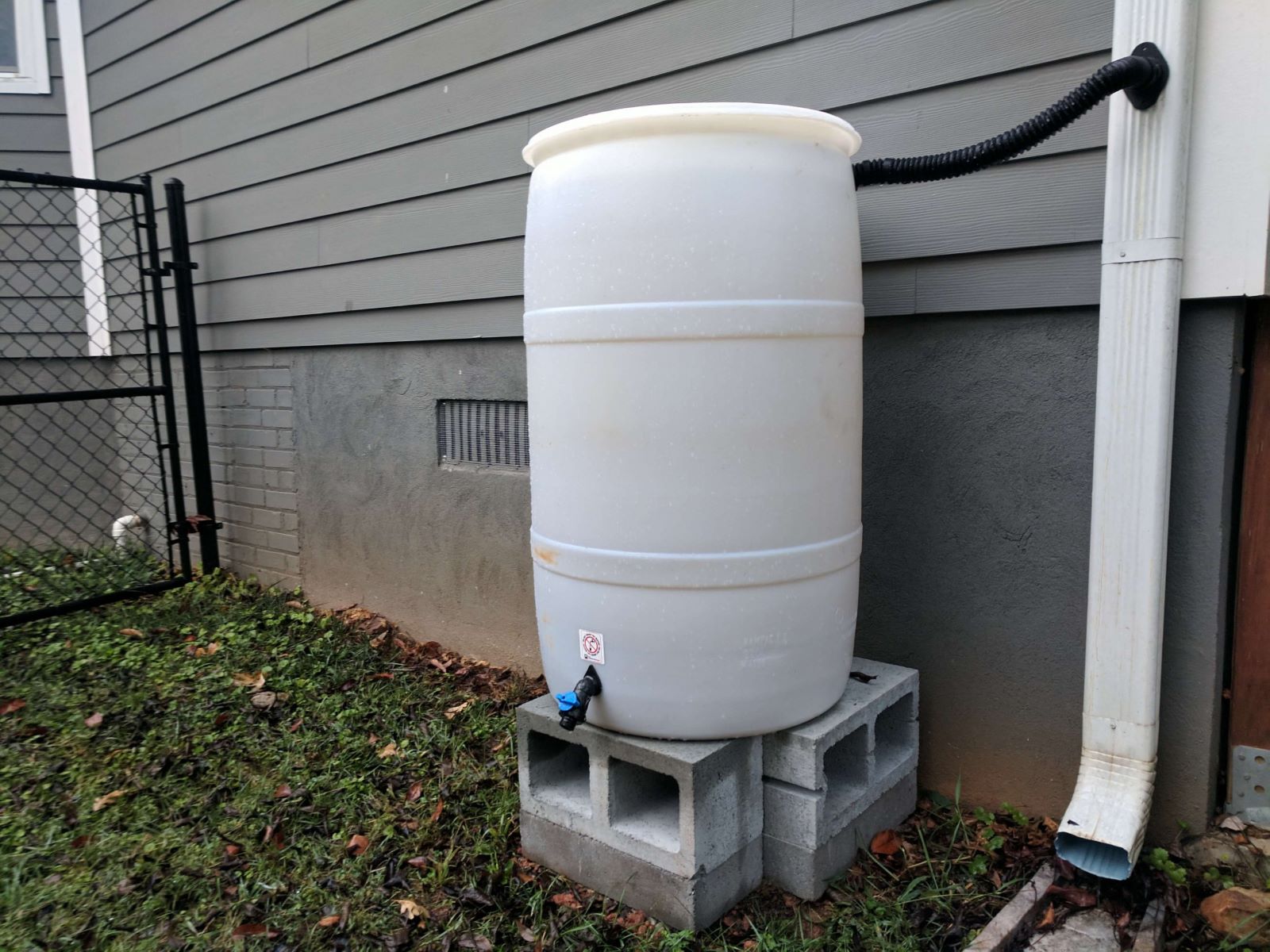
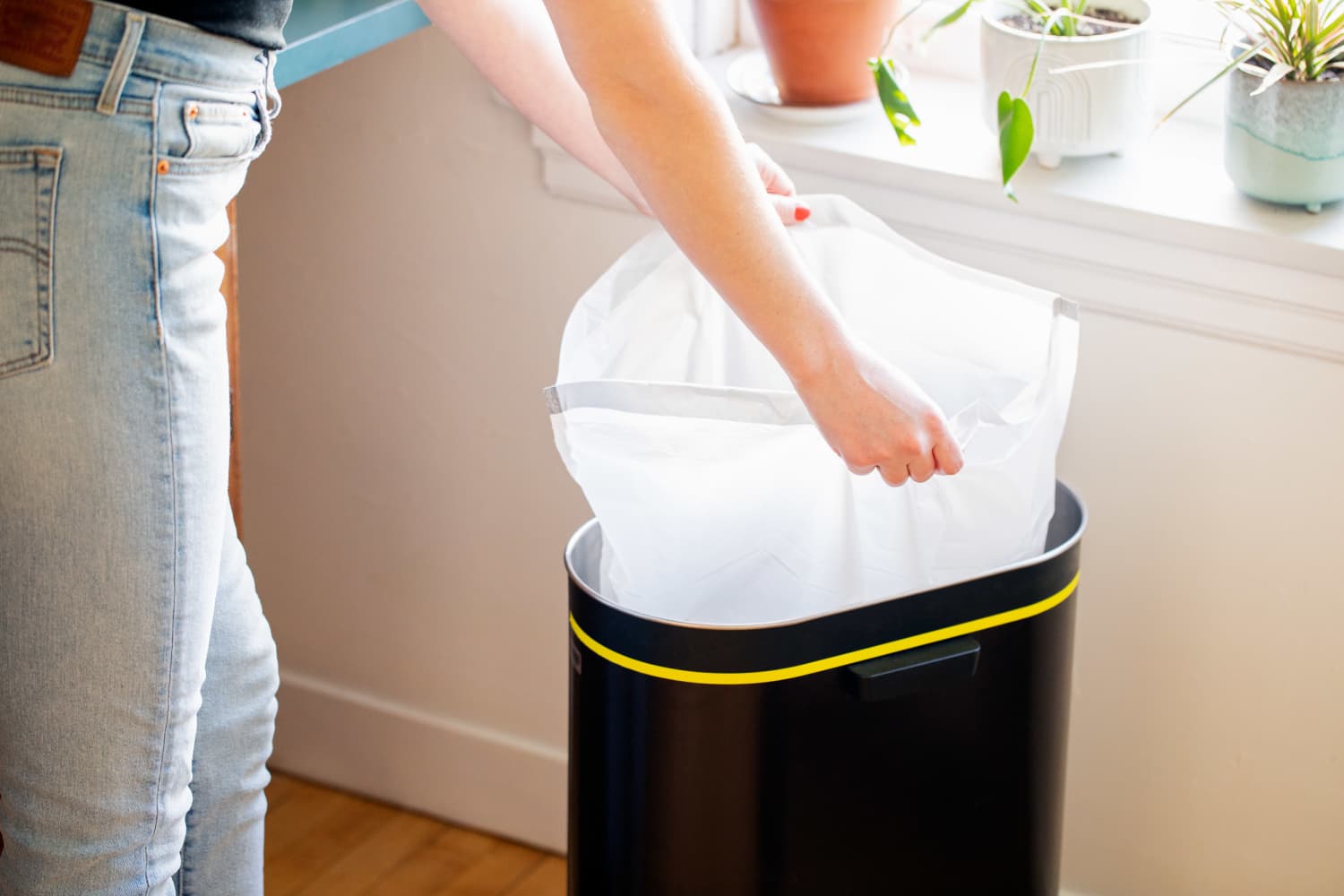
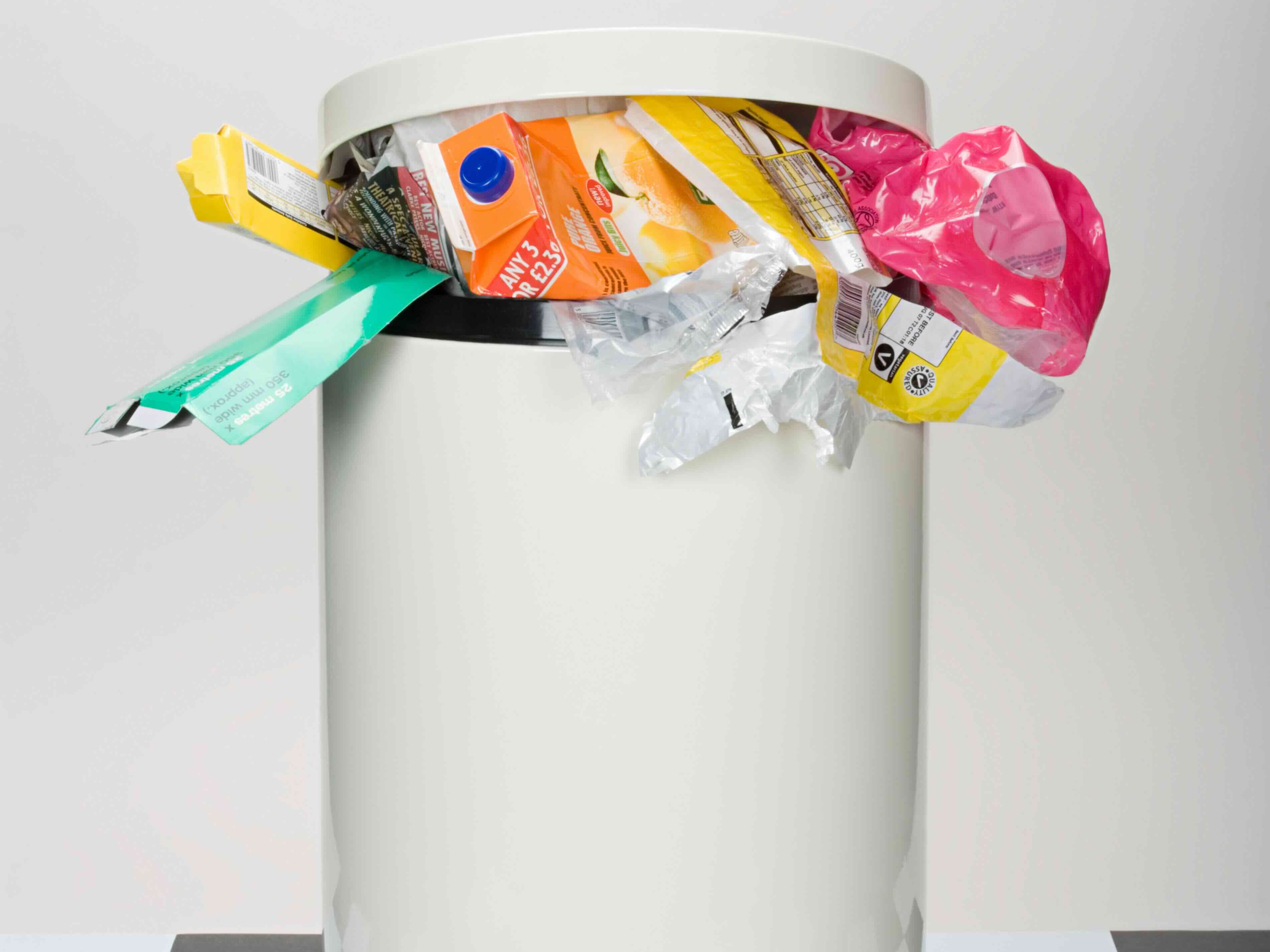
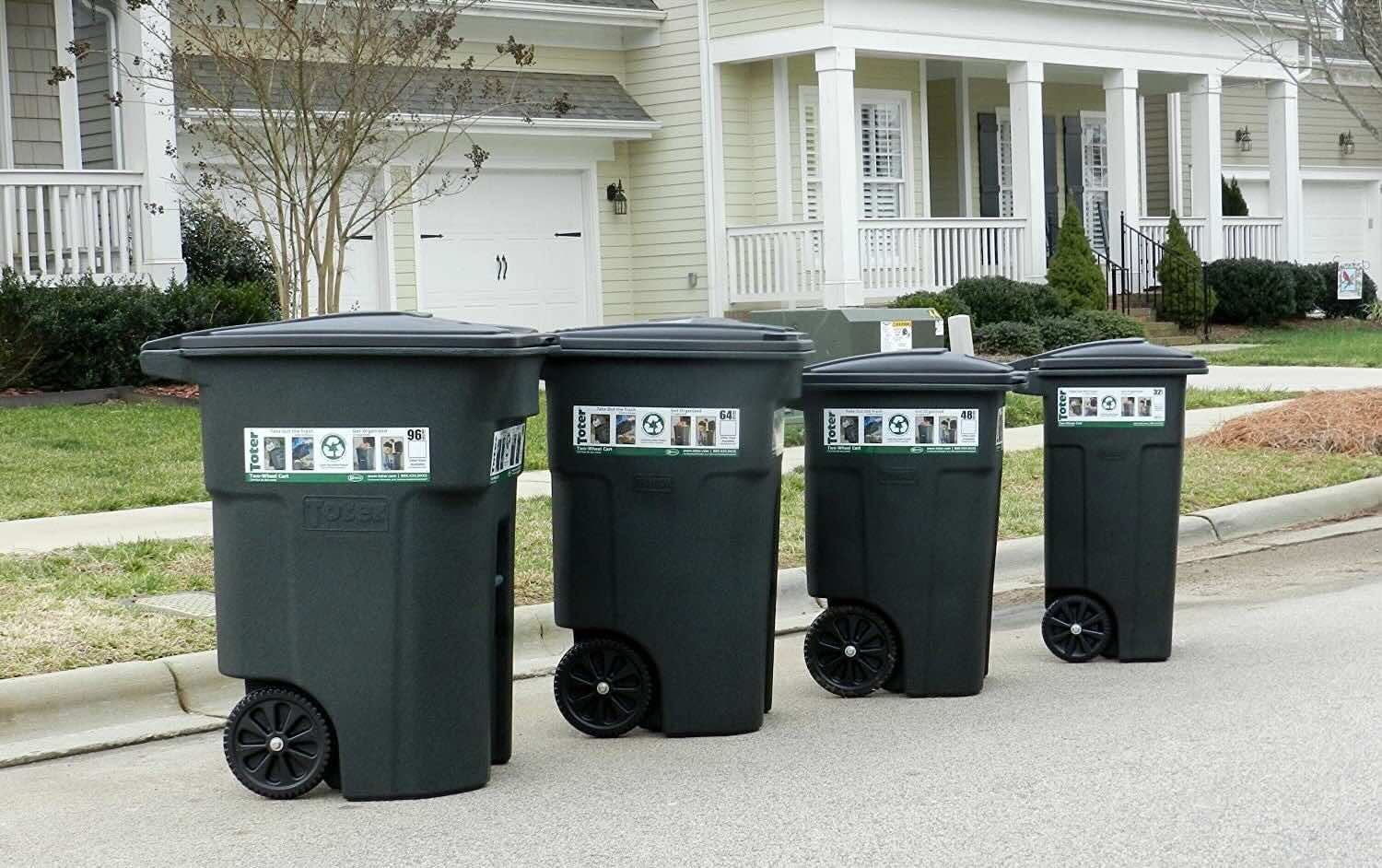

0 thoughts on “How To Make A Rain Barrel Out Of A Trash Can”